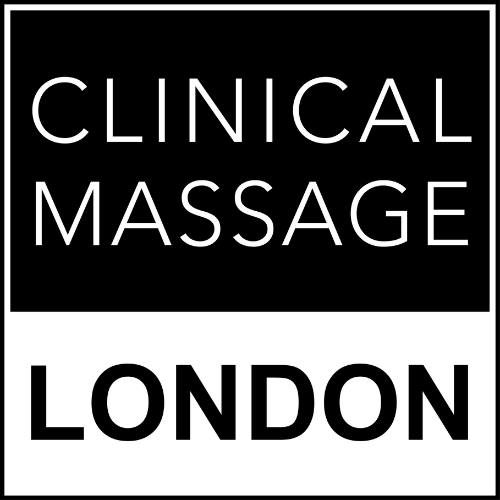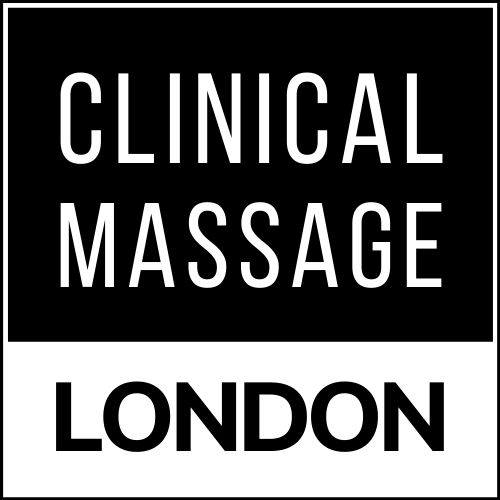
Myofascial Release
What is Myofascial Release?
Myofascial release is a generic term that refers to manual therapy that places its main focus and intent on freeing restrictions of movement that arise due to fascial adhesions within the soft tissues of the body.
Myofascial Approaches
Myofascial release is an umbrella phrase that encompasses a variety of approaches, broadly categorised as either ‘direct myofascial release’ and ‘indirect myofascial release’, but all with the common focus on easing fascial restrictions. There are two main approaches - direct, and indirect - categorised by the osteopath Robert Ward, who was an influential figure in the developing field of osteopathy and manual therapy back in the 1970s. Both techniques use little or no lubrication.
Direct Approach of Myofascial Release
Direct techniques, sometimes involve the application of some form of direct shear stress, in order to separate adhesions binding muscles and individual muscle fibres to their adjacent structures. Unlike its indirect counterpart, it engages the restrictive barrier directly, using the application of slow, sustained force into fascial restrictions, moving against resistance rather than with the direction of ease. This is sometimes also referred to as ‘deep tissue’ work, though in the context of myofascial release it is done with little to no lubrication. Other common direct techniques include the manual traction, or shearing of fascia, all done at a slow pace to allow tissues to adapt and release.
Indirect Approach of Myofascial Release
Indirect fascial techniques, popularised by the physical therapist John Barnes, generally involves the application of a low intensity mechanical output in the form of stretches or compression to a specific region. This is followed by a slow steady pressure in the direction of ease, with aims to adjust and restore tension distribution within the facial network. These techniques are often referred to as ‘unwinding’, as the emphasis is on ‘following’ the direction fascia tends to move when gentle pressure is applied. The most popular technique used in indirect myofascial release is the ‘cross hand stretch’, where tissue is gently stretched through slow, steady pressure in the direction that fascia seems to allow the greatest easy of movement. Here, the tissue may be held at the end of its ‘stretch range’ for anything up to several minutes, whilst the tissue seems to reconfigure itself into a new direction of ease, giving off what some have described as a ‘melting sensation’.
What Are The Principles Behind Myofascial Release?
Myofascial release techniques are based on the principle that fascia - the continuous network of connective tissue that encases every layer of bone and soft tissue from muscles down to individual muscle fibres - plays an important role in the healthy function of tissues and tissue mobility.
Any restrictions arising between endofascial and interfascial planes that prevent optimal gliding are thought to lead to suboptimal exchange of fluids, as well as reduced quality of blood circulation and mechanoreceptor coordination.

Both direct and indirect methods of myofascial release are performed without or with minimal lubrication to allow maximal contact with underlying layers of tissue. Direct techniques can have a warm sensation of gentle friction, a sensation that I personally find quite delicious!
THOUGH TECHNICALLY SPEAKING, ANY HANDS ON MASSAGE THERAPY WILL INVOLVE SOME LEVEL OF MYOFASCIAL MANIPULATION, MYOFASCIAL RELEASE TECHNIQUES TEND TO MAKE USE OF A DEEPER KNOWLEDGE AND DEGREE OF INTENT THAT SPECIFICALLY AIMS TO AFFECT THE DEEPER LAYERS OF FASCIAL PLANES


